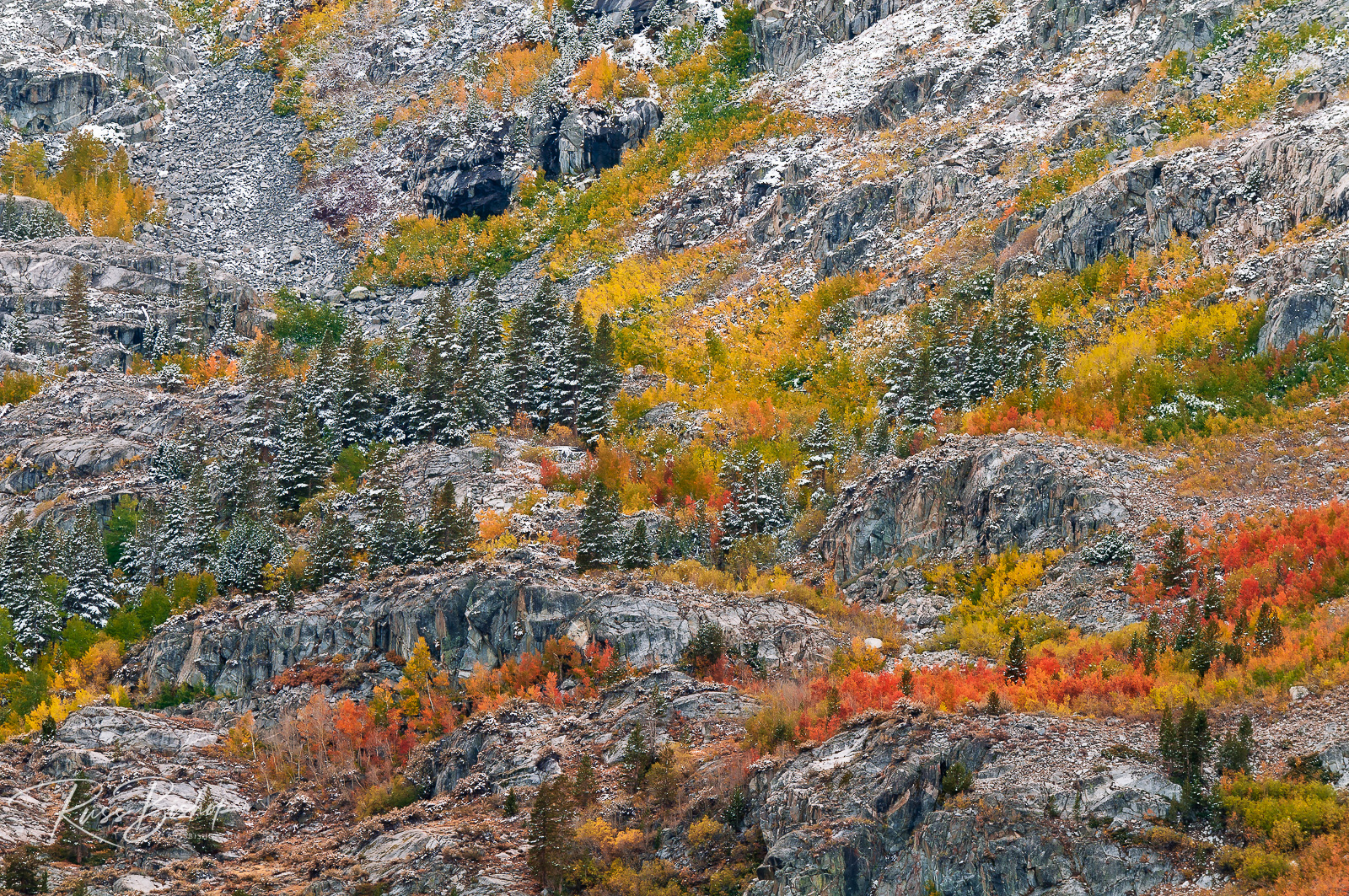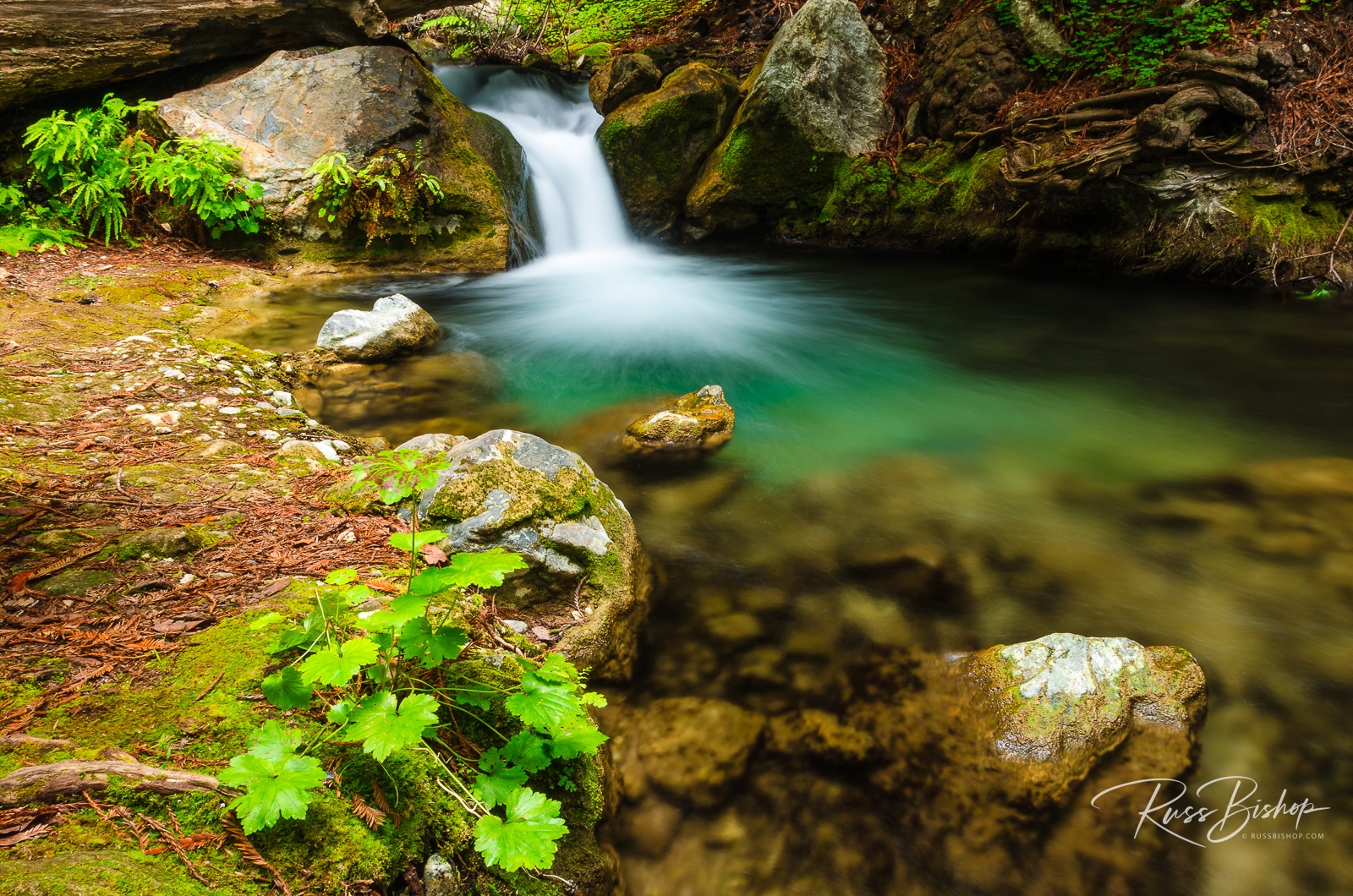
Compelling landscape images stand on their own and connect the viewer with a sense of place or time. They can be displayed alone or in a series to tell a story, but they all have one thing in common. They make a statement about a location that defines its uniqueness.
The use of color or form in a composition can provoke an emotional response. Leading lines draw the viewer into the frame, creating tension that guides your audience towards the important elements you’re presenting. Shutter speed can illustrate the passing of time to create mood. These are all-powerful creative tools that when applied thoughtfully can result in strong imagery.
Another technique is the silhouette, which uses a graphic approach to convey an idea. Any object or scene that is backlit and appears dark against a lighter background will work, but the key is to find a subject with highly defined edges. A diffused yet colorful background like a sunrise or sunset often works best as it compliments the scene and reinforces the message.
Try adding this technique to your visual toolkit to create powerful images that stand on their own and strengthen your visual storytelling.
©Russ Bishop/All Rights Reserved


